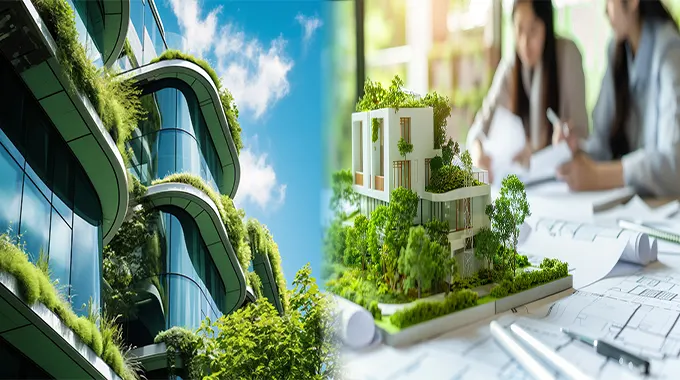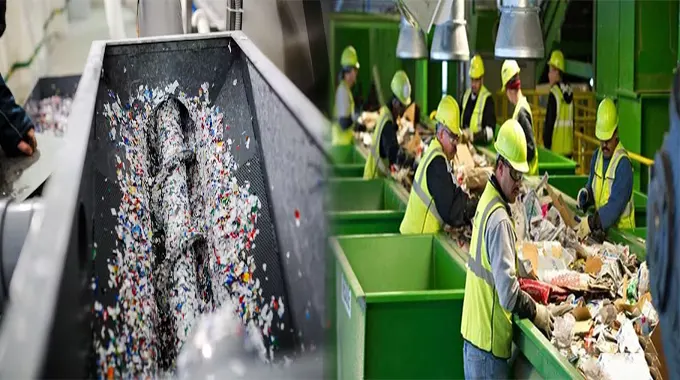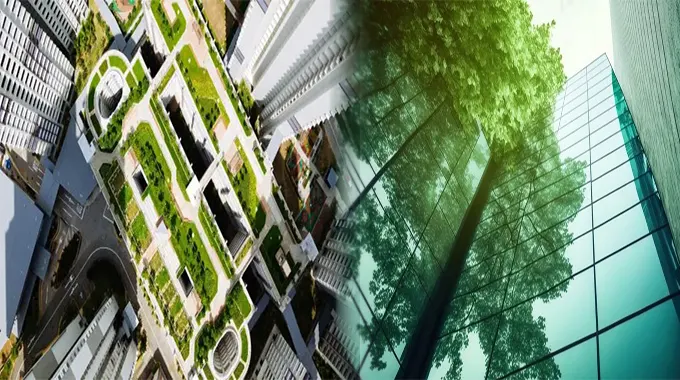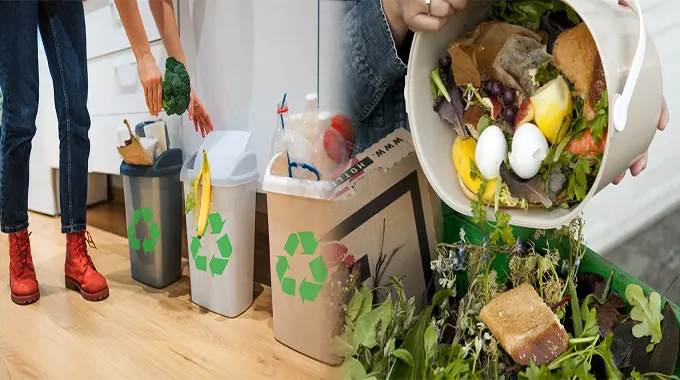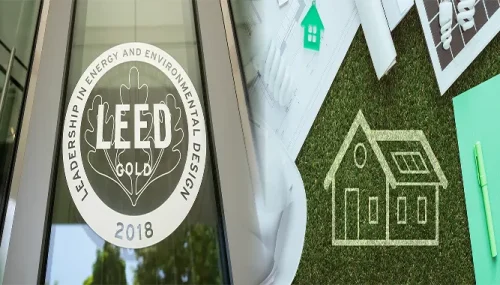Affordable and Sustainable: Cost-Effective Green Building Solutions for Residential Projects
As the demand for environmentally friendly construction practices continues to rise, the integration of cost-effective green building solutions in residential projects has become a top priority for homeowners, developers, and policymakers alike. By incorporating sustainable design elements and materials into residential construction, it is possible to create homes that are not only eco-friendly but also affordable and energy-efficient.
One of the most effective strategies for achieving cost-effective green building in residential projects is through passive design principles. Passive design maximizes natural light and ventilation, reduces the need for artificial heating and cooling, and minimizes energy consumption. Simple features such as strategic window placement, effective insulation, and shading devices can significantly enhance the energy efficiency of a home without requiring expensive technologies or materials.
In addition to passive design, the use of sustainable building materials can also contribute to cost-effective green building solutions for residential projects. Materials such as recycled wood, …

